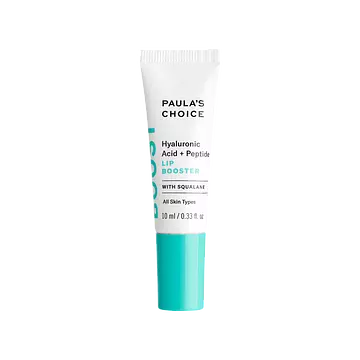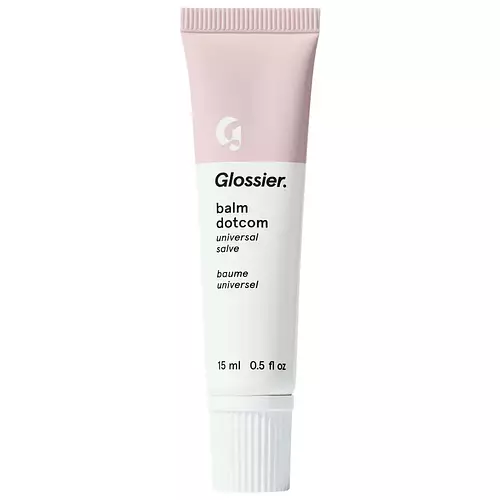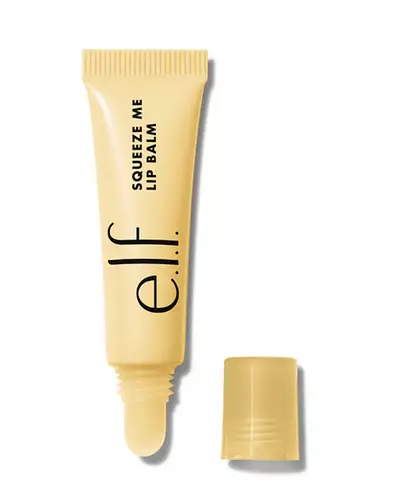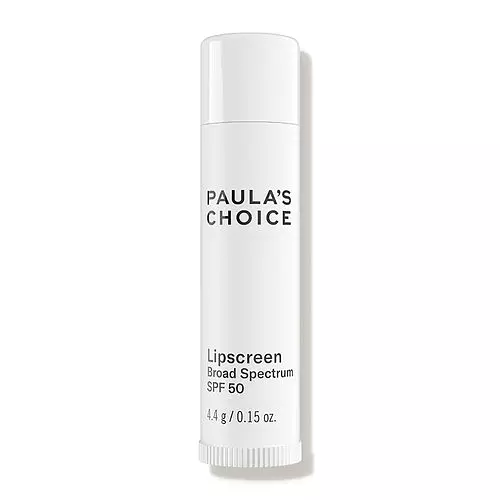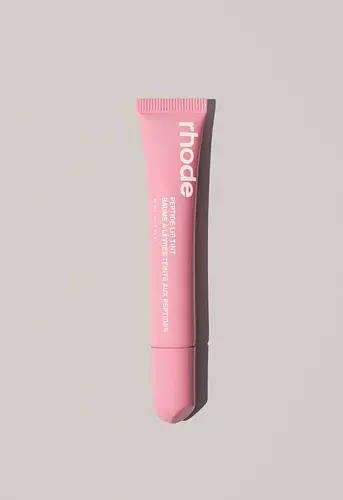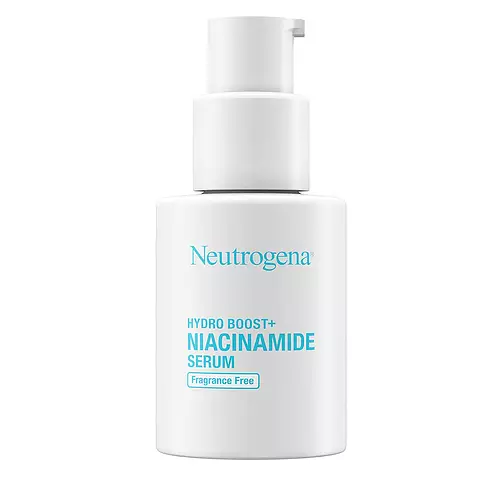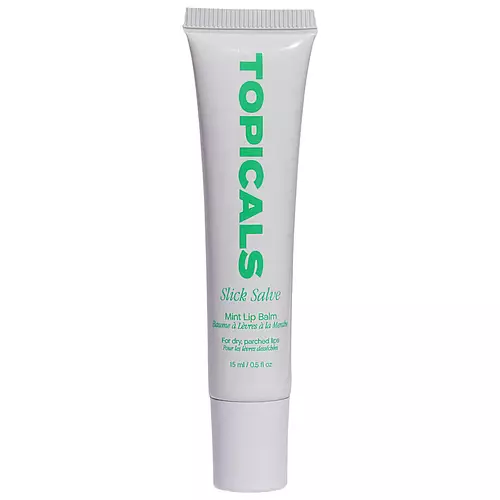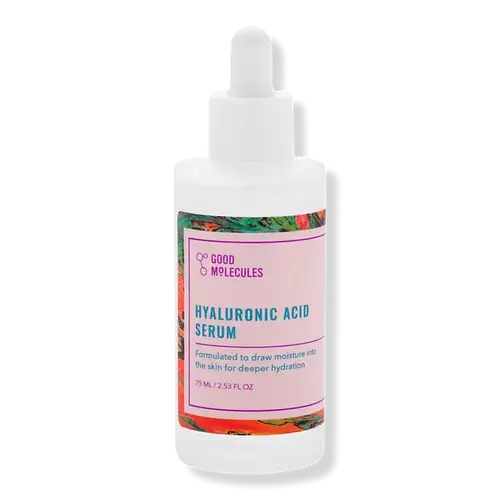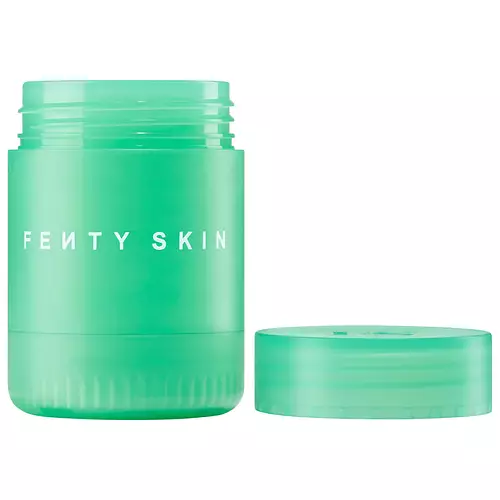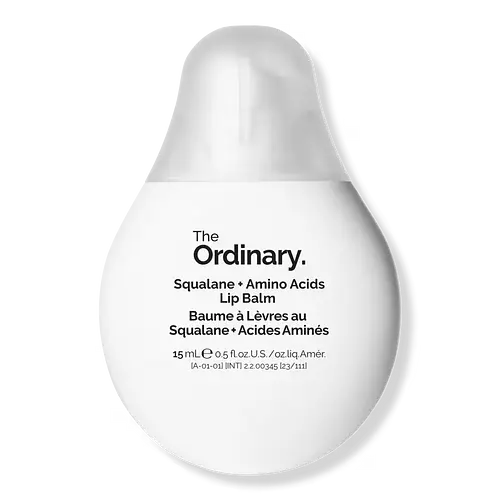Updated on May 16, 2024
Overview
What they are
These products are both cruelty-free and reef safe lip moisturizers. They have a total of 2 ingredients in common
Cool Features
They both contain Vitamin E
Suited For
They're both likely to be good for dry skin and brightening skin
Free From
They both do not contain any harsh alcohols, common allergens, parabens, silicones or sulfates
What's Inside
They both contain fragrances and oils
We independently verify ingredients, and our claims are backed by peer-reviewed research. Spot a product that needs an update? Let us know.
Ingredient Info
Paula's Choice BOOST Hyaluronic Acid + Peptide Lip Booster 33 ingredients
Glossier Balm Dotcom (New Formulation) 13 ingredients
- Ricinus Communis Seed Oil
- Hydrogenated Castor Oil/Sebacic Acid Copolymer
- Theobroma Cacao Seed Butter
- Polyglyceryl-3 Beeswax
- Dimer Dilinoleyl Dimer Dilinoleate
- Ethylhexyl Palmitate
- Triisostearin
- Butyrospermum Parkii Butter
- Cetearyl Ethylhexanoate
- Dipalmitoyl Hydroxyproline
- Butyrospermum Parkii Butter Unsaponifiables
- Tribehenin
- Palmitic Acid
- Hydroxystearic Acid
- Sorbitan Isostearate
- Trihydroxystearin
- Glycine Soja Oil
- Sucrose Cocoate
- Palmitoyl Tripeptide-1
- Palmitoyl Tripeptide-38
At a glance
Click on any of the items below to learn more
Paula's Choice BOOST Hyaluronic Acid + Peptide Lip Booster 33 ingredients
Glossier Balm Dotcom (New Formulation) 13 ingredients
Notable Ingredients
This product contains 1 ingredient that may have this attribute:
This product contains 1 ingredient that may have this attribute:
This product contains 1 ingredient that may have this attribute:
This product contains 3 ingredients that may have this attribute:
Benefits
This product contains 3 ingredients that may have this attribute:
This product contains 1 ingredient that may have this attribute:
This product contains 1 ingredient that may have this attribute:
This product contains 2 ingredients that may have this attribute:
This product contains 1 ingredient that may have this attribute:
This product contains 2 ingredients that may have this attribute:
This product contains 2 ingredients that may have this attribute:
Concerns
This product contains 1 ingredient that may have this attribute:
This product contains 4 ingredients that may have this attribute:
This product contains 2 ingredients that may have this attribute:
This product contains 2 ingredients that may have this attribute:
This product contains 1 ingredient that may have this attribute:
This product contains 2 ingredients that may have this attribute:
Notable Ingredients
This product contains 1 ingredient that may have this attribute:
This product contains 2 ingredients that may have this attribute:
Benefits
This product contains 1 ingredient that may have this attribute:
This product contains 1 ingredient that may have this attribute:
Concerns
This product contains 2 ingredients that may have this attribute:
This product contains 1 ingredient that may have this attribute:
This product contains 1 ingredient that may have this attribute:
Ingredients Side-by-side
Ingredients Explained
These ingredients are found in both products.
Ingredients higher up in an ingredient list are typically present in a larger amount.
Ricinus Communis Seed Oil is the INCI name for castor oil.
Castor Oil helps moisturize the skin. It is rich in a fatty acid called ricinoleic acid. This fatty acid helps prevent moisture loss on the skin. This helps keep your skin soft and hydrated. Ricinoleic acid also has anti-inflammatory and pain reducing properties.
Besides hydrating the skin, castor oil is also used to hydrate hair. By keeping the hair shaft moisturized, breakage is decreased. More studies are needed to show castor oil's effective on stimulating hair growth.
Castor oil is created by cold-pressing castor seeds and then purifying the oil with heat. It was used in Ancient Egypt as fuel in lamps and to help treat eye irritation.
The term 'fragrance' is not regulated in many countries. In many cases, it is up to the brand to define this term. For instance, many brands choose to label themselves as "fragrance-free" because they are not using synthetic fragrances. However, their products may still contain ingredients such as essential oils that are considered a fragrance.
Learn more about Ricinus Communis Seed OilButyrospermum Parkii Butter is a plant lipid from the fruit of the Shea Tree. It is an effective skin hydrator and emollient.
Emollients help soothe and soften your skin. It does this by creating a protective film on your skin. This barrier helps trap moisture and keeps your skin hydrated. Emollients may be effective at treating dry or itchy skin.
Shea butter is rich in antioxidants. Antioxidants help fight free-radicals, or molecules that may harm the body. It is also full of fatty acids including stearic acid and linoleic acid. These acids help replenish the skin and keep skin moisturized.
While Shea Butter has an SPF rating of about 3-4, it is not a sunscreen replacement.
Shea butter may not be fungal acne safe. We recommend speaking with a professional if you have any concerns.
Learn more about Butyrospermum Parkii ButterIngredient Ratings
Here's what our community thinks of the ingredients in these two products.
When to use
Paula's Choice BOOST Hyaluronic Acid + Peptide Lip Booster 33 ingredients
Glossier Balm Dotcom (New Formulation) 13 ingredients

Reviews
Here's what our community thinks
